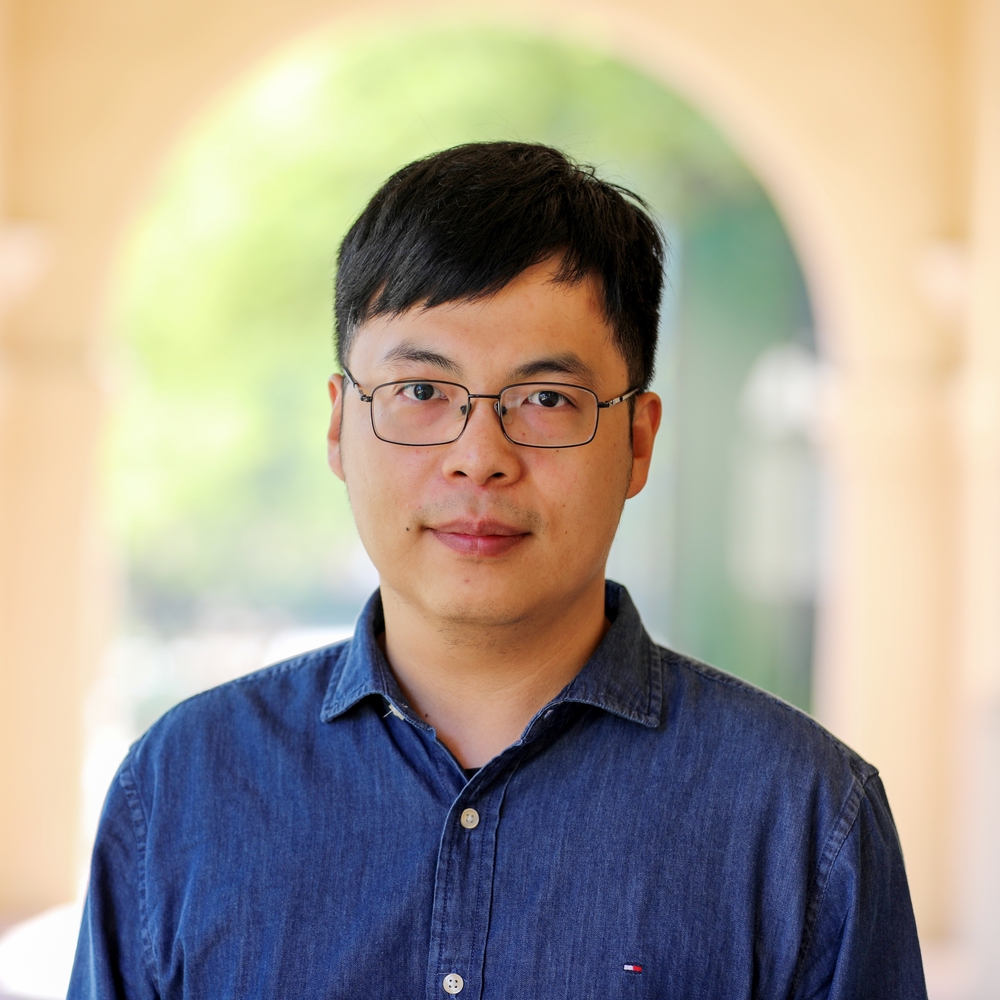Abstract
Here we recount the standard two-level model that describes saturated excitation (SAX) in multiphoton microscopy (MPM), a new technique for super-resolution fluorescence microscopy in scattering tissue, which requires no special chemistry and only simple modifications to a commercial MPM microscope. We use the model to study conditions required for improvements in MPM SAX resolution and experimental implementation strategies. Simulation results find zeros, or nodes, in the frequency response, which generate highly irregular point-spread functions (PSFs), such as rings and ripples, that contain spatial frequency content >3× larger than allowed by diffraction. These PSFs are a direct result of zeros in the frequency response of saturated fluorophores under specific excitation conditions. The impact on image quality is discussed using simulations of targets imaged with SAX PSFs. Further, we explore engineering sets of irregular PSFs by varying the excitation power and reconstructing super-resolution images from the set of captured images.
Publication
Journal of the Optical Society of America A, vol. 34, no. 7, pp. 1217-1223

Assistant Professor of ECEE and BME
I am an Assistant Professor of Electrical, Computer & Energy Engineering (ECEE) and Biomedical Engineering (BME) at the University of Colorado Boulder (CU Boulder). My long-term research goal is to pioneer optical imaging technologies that surpass current limits in speed, accuracy, and accessibility, advancing translational research. With a foundation in electrical engineering, particularly in biomedical imaging and optics, my PhD work at the University of Notre Dame focused on advancing multiphoton fluorescence lifetime imaging microscopy and super-resolution microscopy, significantly reducing image generation time and cost. I developed an analog signal processing method that enables real-time streaming of fluorescence intensity and lifetime data, and created the first Poisson-Gaussian denoising dataset to benchmark image denoising algorithms for high-quality, real-time applications in biomedical research. As a postdoc at the California Institute of Technology (Caltech), my research expanded to include pioneering photoacoustic imaging techniques, enabling noninvasive and rapid imaging of hemodynamics in humans. In the realm of quantum imaging, I developed innovative techniques utilizing spatial and polarization entangled photon pairs, overcoming challenges such as poor signal-to-noise ratios and low resolvable pixel counts. Additionally, I advanced ultrafast imaging methods for visualizing passive current flows in myelinated axons and electromagnetic pulses in dielectrics. My research is currently funded by the National Institutes of Health (NIH) K99/R00 Pathway to Independence Award.